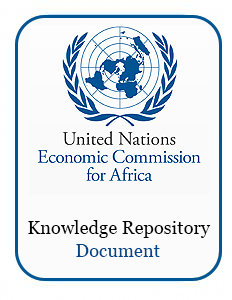Demonstration of dry season production technologies (irrigation, fertilization, and planting densities) in the Upper East Region of Ghana
Creating climate-smart multifunctional landscapes through integrated soil, land and water management at different scales
Balancing agri-food systems for optimal global nutrition transition
Land-use trends and environmental governance policies in Brazil: Paths forward for sustainability
Root crop/oil palm farming systems: a case study from Eastern Nigeria
Systems science at the scale of impact: Reconciling bottom up participation with the production of widely applicable research outputs
Feeding a productive dairy cow in western Kenya: environmental and socioeconomic impacts
Send a Cow (SAC) is a nongovernmental organization (NGO) that has been working in Kenya since 1996. It focuses on groups of smallholder farmers, providing them with training in sustainable agriculture and improved animal management. SAC is mostly active in western Kenya, one of the country's most populated and poorest region. The population density for this region ranges from 337 to 1,300 inhabitants per km² with an average density of 590 people per km2 (Kenya Ministry of Agriculture and Rural Development, 2001; KNBS, 2010).
Social and Environmental Code of Practice (SECoP) for Responsible Commercial Agriculture in Ethiopia
The Social and Environmental Code of Practice (SECoP) for Responsible Commercial Agriculture is designed to help investors in ensuring that their investments are inclusive, sustainable, transparent, and respect human rights. While it focuses on Ethiopia, it will be a useful resource for investors and companies operating in other countries.
Survey of the development of chemical fertilizers in North Africa
Report on measures to be taken to improve basic statistics on women in agriculture in Africa
In Africa, agriculture is the most important sector in national economies. About 80 per cent of the active population works in agriculture. Further, apart from few exceptions, agriculture makes up more than 50 percent of gross national product. Nevertheless, Africa remains the only region in the world in which agricultural production declined between 1970 and 1980, when the growth rate was less than 2 per cent and moreover the gross national product (GNP) per head is one of the lowest in the world.


